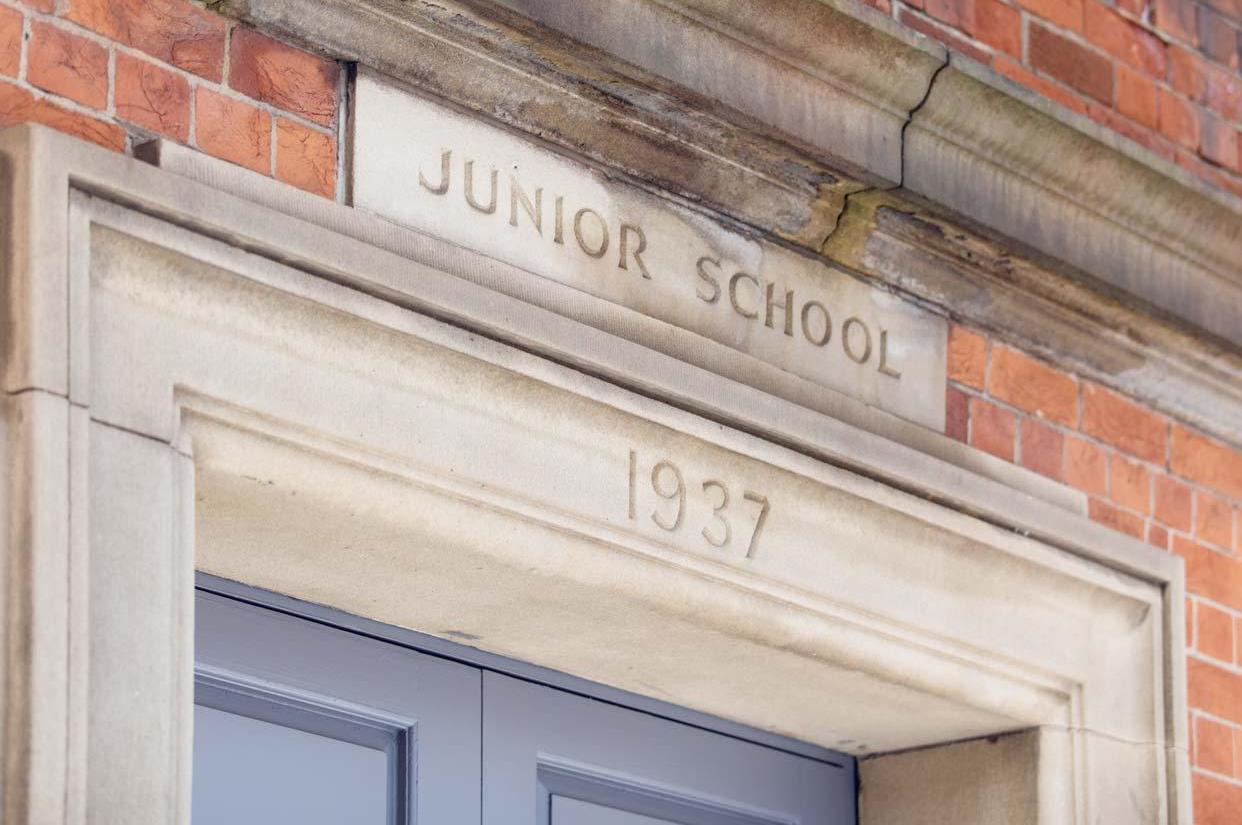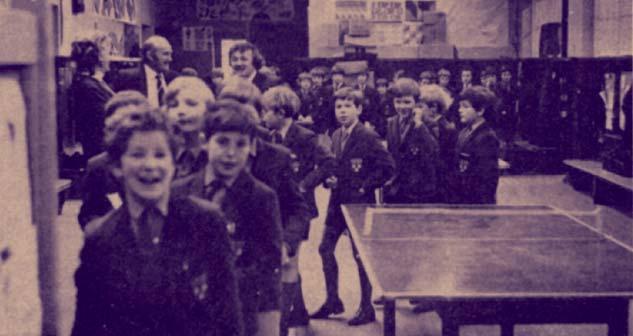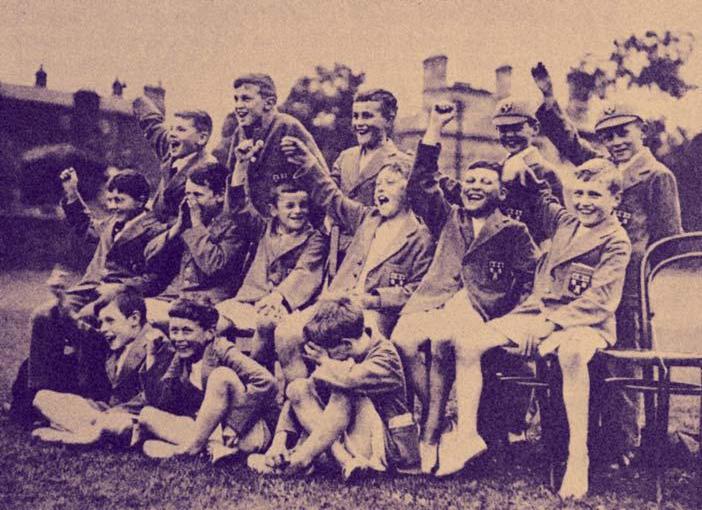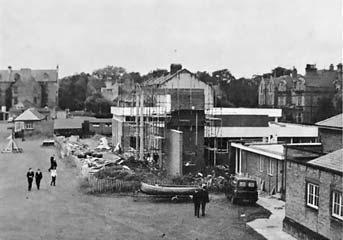
2 minute read
HOW THE JUNIOR SCHOOL CAME INTO ITS OWN THE EDITOR
HOW THE JUNIOR SCHOOL CAME INTO ITS OWN
BY THE EDITOR
Advertisement
The Junior School as a separate entity is a 20th Century creation. In former times, boys at the RGS in the first three years were regarded as ‘Juniors’, but their classrooms were part of the main School Buildings.

During Mr Samuel Logan’s tenure (1883-1912) as Headmaster and the historic move to Jesmond, the problems of overcrowding in a growing school were becoming apparent.
It was Mr John Talbot (Head 191221) who recommended that the lower school be reorganised into a Prep School for boys aged 7-11. A new, dedicated building for the Junior School was described as both essential and urgent. The War intervened and the School field and premises were made available to the war effort. His plans for a Junior School were unrealised and it was not until 1933 that the Governors took the decision to build three, later six, classrooms above the new Dining Hall (now Sixth Form Centre).
Later in the 1930s, Sir Arthur Munro Sutherland (1878-83), as part of his huge beneficence, financed the building of more classrooms, a small Assembly Hall and a separate entrance at the south end of the School Buildings. The decision was taken in 1969 to purchase two rather shabby semi-detached houses at 5/7 Lambton Road. These proved impossible to convert, and after demolition, were replaced by an excellent new building in 1972. The Building of the Central Motorway had swept away the old Biology, Geography and Woodwork Block, together with the rather ancient Rifle Range, as well as very top part of the School Field, including the cherished Pinfold area. The resulting buildings funded by the City Council’s reinstatement were in turn replaced by the buildings of today, including the superb Performing Arts Centre and Miller Theatre (2005).
The Junior School of today has its own mini-campus, with Year 3 and Year 4 taught at Lambton House and Year 5 and Year 6 at Brandling House, across the road, the latter being part of the main school buildings. Boys and girls aged 7 to eleven, now number over 260 and are able to benefit from the Senior School’s superb facilities of today.
Tom Banfield (51-62), an outstanding musician, writes elsewhere on his memories of the Junior School.
‘My own (Editor’s) memories of Junior School Music seem to focus on the triangle and its monotonous tone, but of course, timing was everything. The grand proclamations of the Great Organ in the nearby Hall, must have seemed awe inspiring to us little folk. In the Senior School, during Assembly, Jewish and Roman Catholic boys were herded into Room 21, upstairs in the north east corner of the Hall. I used to go outside onto the balcony to listen to the Choir singing Hymns, a great many of which are based on the Hebrew Psalms.’



Opposite: Rye Hill school; entrance to the old Junior School Above (clockwise): Boys with Mr John Jones in the old Junior School; the school on the site of Newcastle Cathedral; teaching at the old Junior School. Below: Junior School sports day, circa 1930











